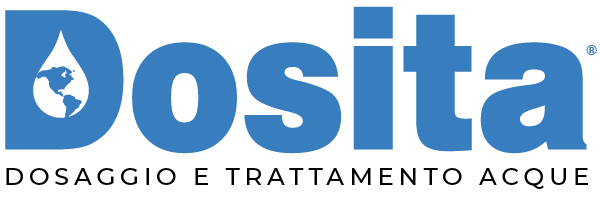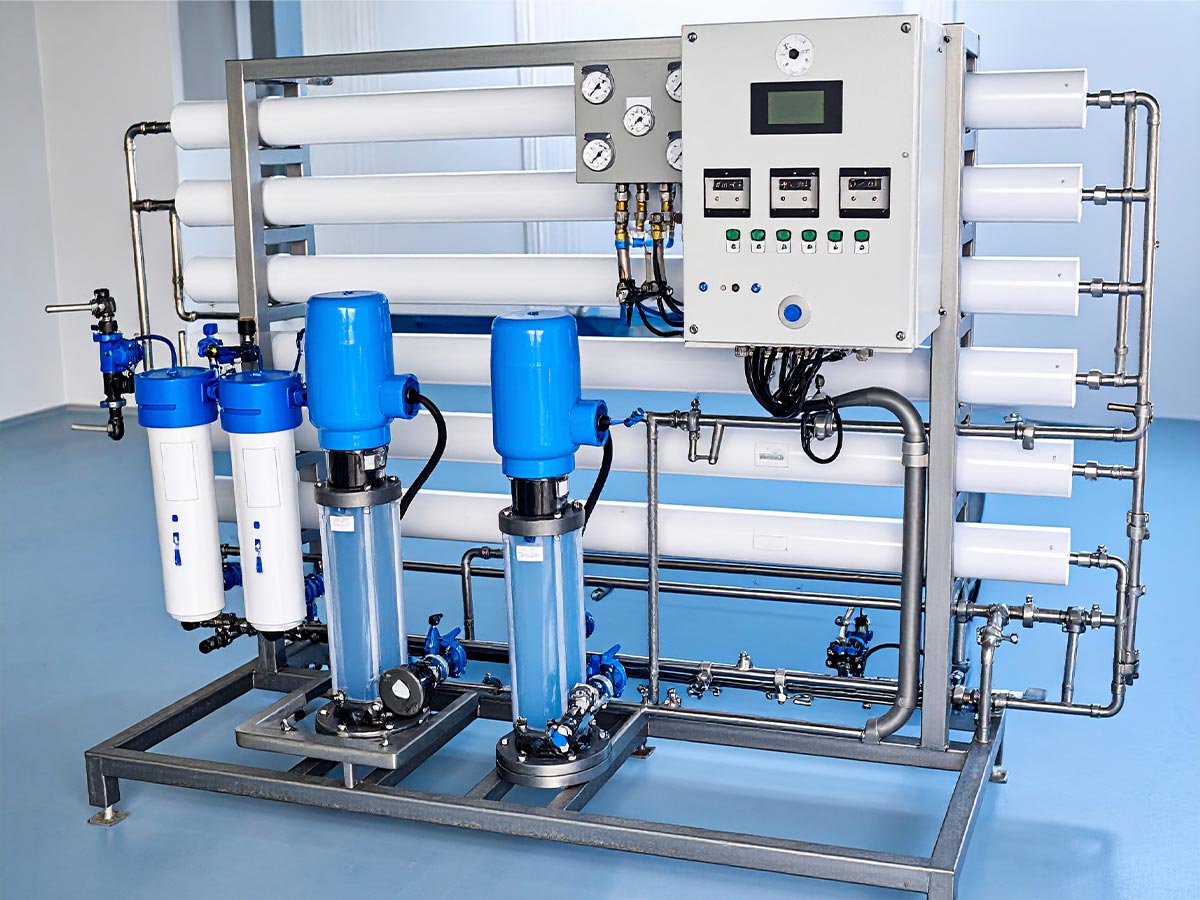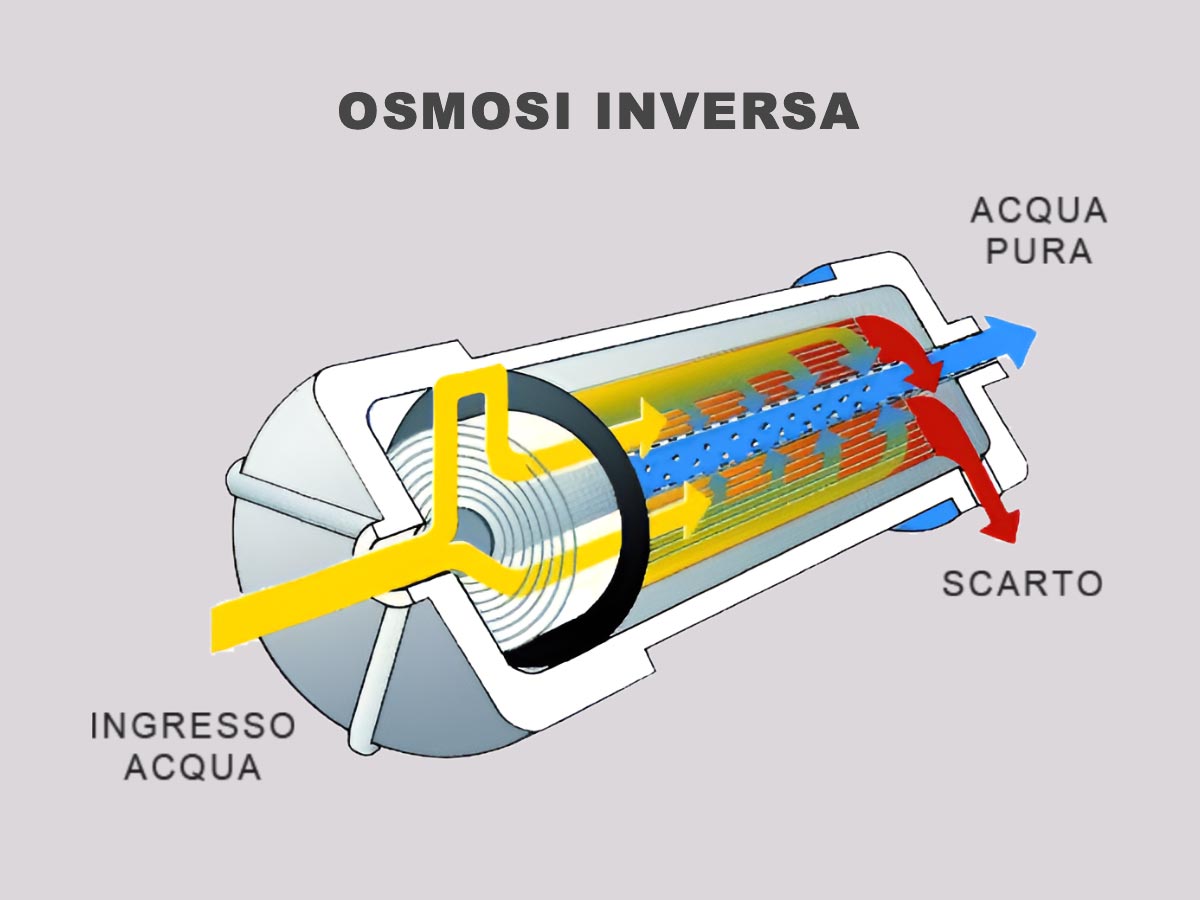To properly design and size a reverse osmosis system, it is necessary to evaluate hydraulic, chemical-physical, and operational parameters such as required flow rate, inlet water quality, pressure, membrane type, and treatment objectives.
Here is a detailed overview:
Key parameters for sizing
1. Required flow rate
- Measured in liters/hour or m³/day.
- Determines the number of membranes and pump power.
2. Inlet water quality
- Evaluation of:
- TDS (Total Dissolved Solids) in ppm.
- Electrical conductivity.
- pH, hardness, free chlorine, turbidity, presence of metals.
- Influences the choice of pretreatment and membrane type.
3. Operating pressure
- Must exceed the osmotic pressure of the solution being treated.
- Typically between 6 and 70 bar, depending on salinity.
4. Recovery and Rejection
- Recovery rate: % of treated water that becomes permeate (e.g., 50–75%).
- Rejection rate: % of salts removed (e.g., 95–99%).
5. Water Temperature
- Affects membrane viscosity and permeability.
- Design data often refers to 25°C.
Components to Select
- Osmotic Membranes
- Type: TFC (Thin Film Composite), polyamide.
- Size: 4″ or 8″ diameter.
- Number: calculated based on flow rate and recovery.
- High-pressure pump
- Power calculated based on flow rate and required pressure.
- Corrosion-resistant materials (e.g., AISI 316).
- Pre-filtration
- Sand filters, activated carbon, microfiltration.
- Antiscalant and dechlorination dosing.
- Control system
- PLC or digital controller.
- Pressure, conductivity, flow, and level sensors.



